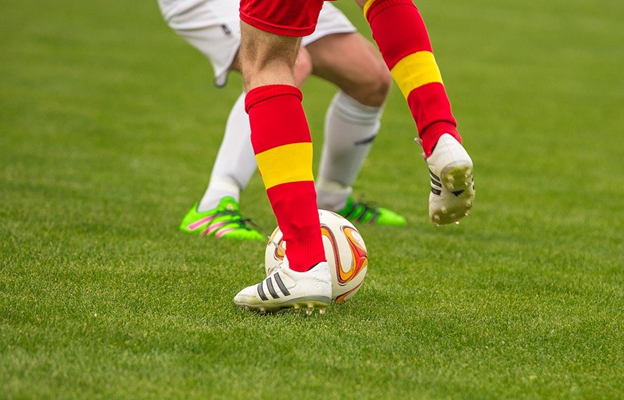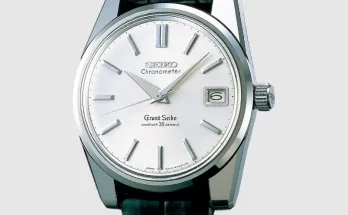There are many options for boots, and there is no one size fits all. Good boots should have strong toes and heels but are flexible to accommodate your foot’s natural movements. Likewise, studs on the shoes also play a vital role in the best grip and performance.
Football boots are essential for all players, regardless of whether they are avid fans or just casual football players. You can use your boots to protect your feet and ankles while playing. They also provide grip and strength that can make or break a player’s performance. Thus, knowing what boots are best for your surface is essential. This article will discuss the difference between hard and soft ground football boots, how to tell them apart, and ultimately which will work best for you to win while protecting you in the harshest weather conditions.
When you wear the right pair of boots, you won’t only avoid slippages and potential injuries, but you’ll also perform better. With the right grip and traction, you’ll be able to make split-second decisions that could make or break a win.
Soft ground boots have much longer studs that pierce the ground when running. These boots are used on wet and muddy turf. The longer and thicker studs allow players to keep their footing on a slippery surface. Soft ground boots will have studs spaced widely apart to prevent dirt, grass, and mud from accumulating on the bottoms.
On the other hand, hard ground boots have shorter studs at the soleplate that are not interchangeable. These studs can be used to sprint on hard surfaces, mostly made from rubber or hard plastic. The studs on these boots are made of plastic and are often worn by players who play football in hot, dry countries during the summer.
The studs of soft ground boots dig into the ground when you run, which is good for wetter and muddier conditions, but not so good for harder surfaces. Therefore, if you live in a more humid climate prone to excessive rain or play on soft and well-maintained pitches, you should choose soft ground boots.
As opposed to this, if you are primarily going to be playing on firmer surfaces that won’t be subject to excessive rain or maintenance, Hard ground football boots will be your best bet. In addition to excellent gripping and traction for games, they are versatile enough to be used in various settings.
Conclusion: What type of soleplate is best for winter’s wild weather?
Your decision should be based on what is most comfortable for you on the ground rather than what will perform best in different weather, whether winter or summer. It depends on how the ground feels on the day and whether your footwear can grip it while you run, whether to choose hard or soft ground football boots.
Football boots can be a daunting purchase, but once you have the right knowledge and understanding, you’ll be able to choose the right pair and dominate your next match. We have a great selection of football boots available at Stringer Sports, so check them out now to find your perfect pair.




